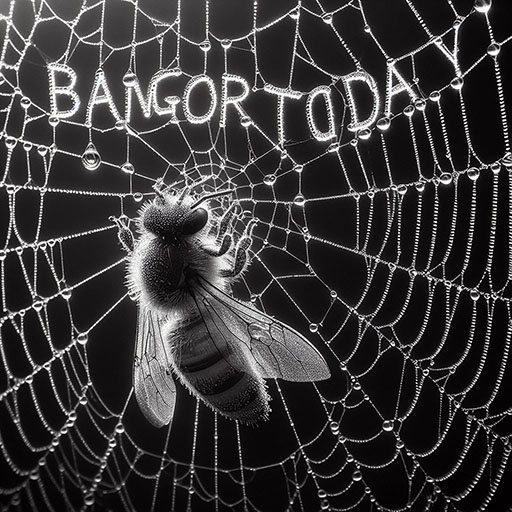In his early 20s, Shikuku Willy Ooko fell in love with the forests near Mount Kenya. He bought 15 acres of woodland to protect it. Now, over 30 years later, his home is one of the few with native trees. The national park around Mount Kenya has suffered from logging and grazing by pastoralists. The delicate soil and plants need a long time to recover from such damage.
The uniqueness of Mount Kenya makes it hard to protect. The Kenya Forest Service is working on restocking and managing forests, but local individuals like Mr. Ooko are crucial for conservation.
Mr. Ooko, an outdoor guide, knows that his livelihood depends on the health of Mount Kenya. The area is home to an ancient volcano and is important for thousands of guides and porters.
Recently, President William Ruto made contradictory statements about forests, causing concerns. While he plans to plant 15 billion trees, he also allows logging in protected areas. This history of using forests for political gains goes back to the 1990s, when some communities were forced out of their homes during a land grab.
The forest’s delicate ecosystem is vulnerable to climate change. In the past, political allies logged and farmed the land, causing severe damage. Locals fought against it, with some making significant efforts, like Wangari Maathai, who won the Nobel Peace Prize.
Today, uncontrolled grazing and longer droughts pose challenges. Poor herders range farther onto the mountain, building animal pens in protected areas. The laws protecting the environment exist but are not well enforced.
Phinneas Rewa, a forest officer, notes that wildfires have increased due to droughts. Frequent fires create grasslands, ideal for grazing. Conservationists like James Kagambi emphasize the importance of tree planting, even with challenges from climate and cattle.
Despite the difficulties, individuals like Mr. Kagambi continue to value and promote tree planting as a way to protect the environment.



